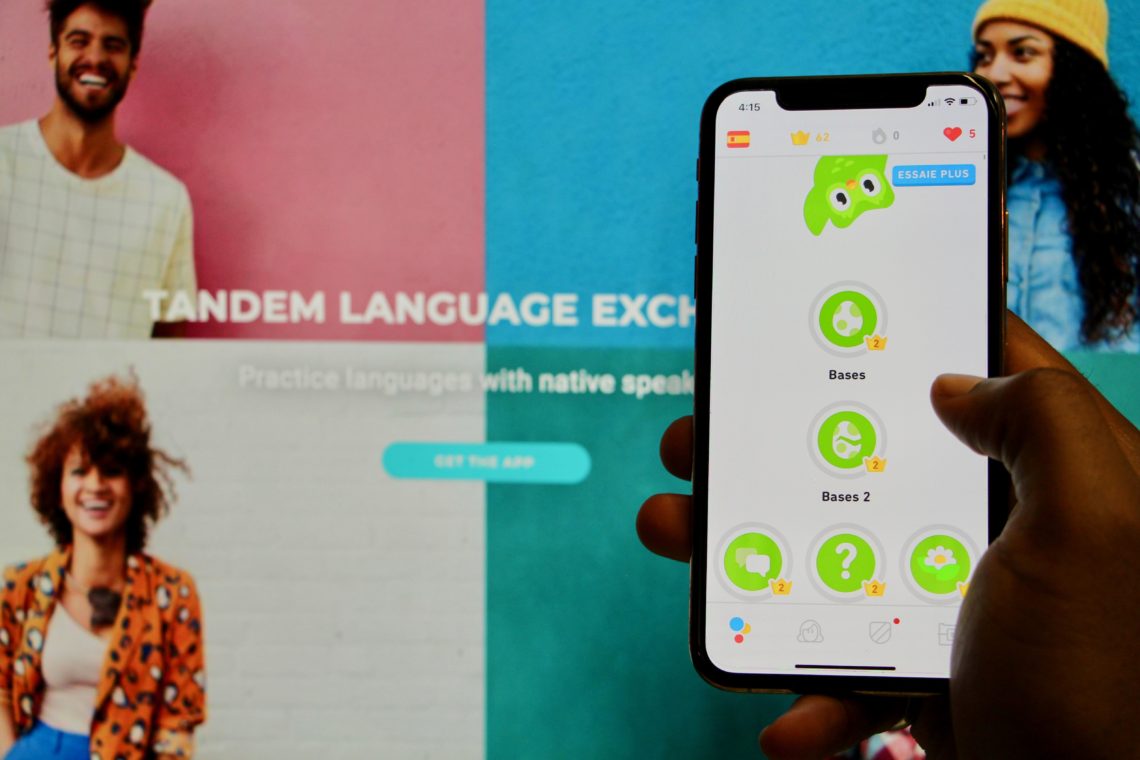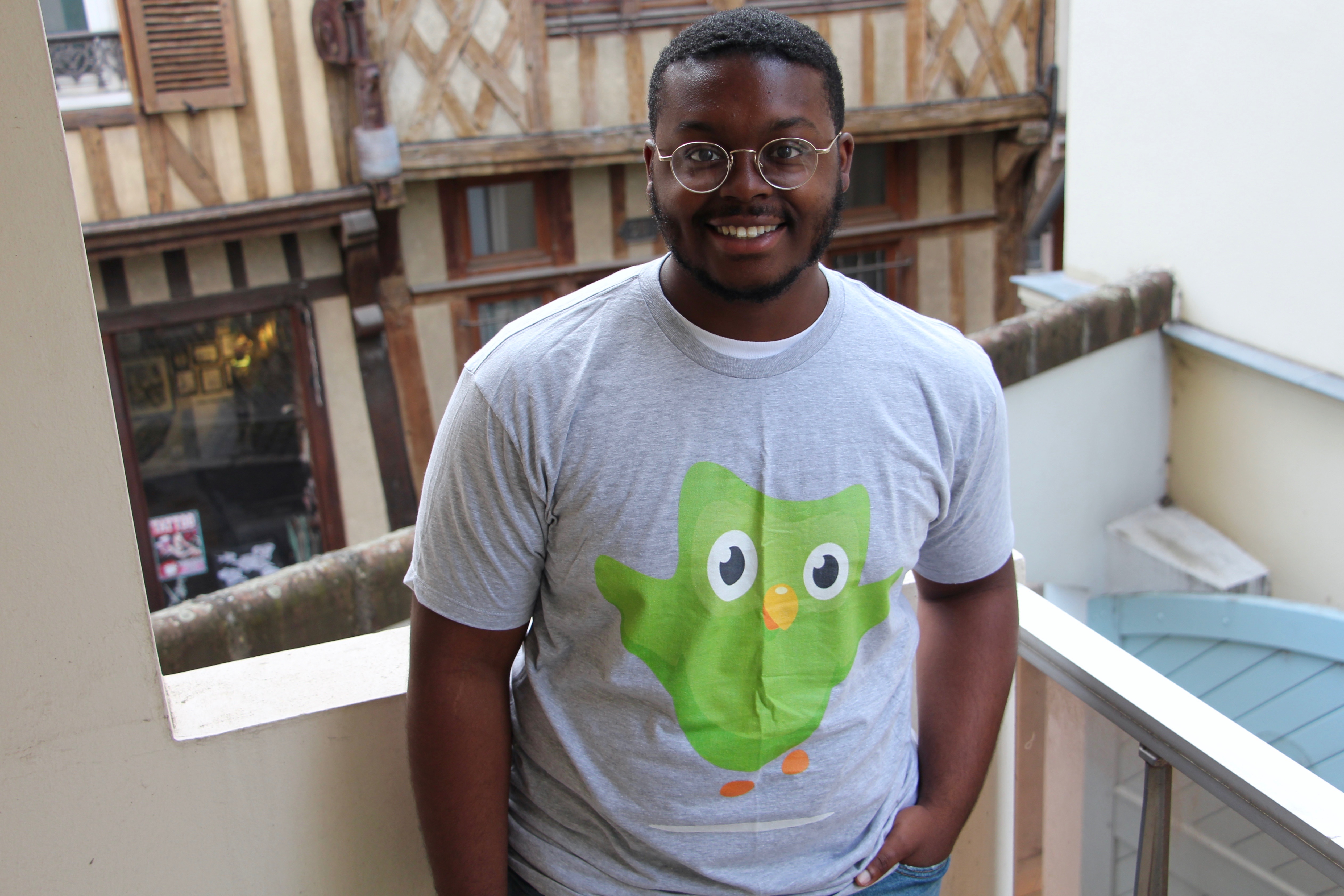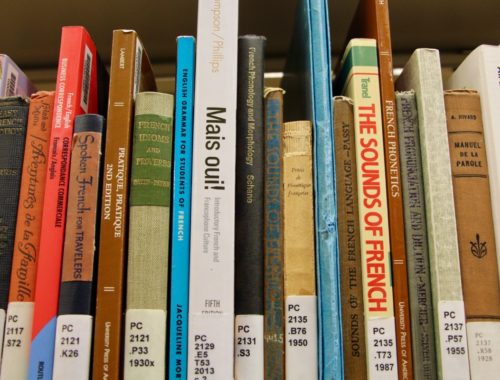
Using Technology to Learn French
Although I am no longer learning French basics, I often reflect on my path to fluency in the language and ask myself how I would have gotten to where I am today without technology. Technology was an integral part of my language-learning process, and in this article I’d like to detail how I used it to improve my French over the years. This article falls into a series of posts about different resources that you can use during your own French journey to help you reach your language-learning goals. Keep reading to learn about the websites and applications that allowed me to reach a C2 level in French!
1. Lang-8
This website is a gem. The main feature of this site is an online language exchange of sorts. In traditional language exchanges, people speak face to face in one participant’s native language and then switch to the other participant’s native language so that both parties can practice speaking their target language. Lang-8 provides this service without the anxiety that speaking face to face can elicit in learners. Essentially, you write a text to the best of your ability in your target language and a native speaker of that language will correct your text. In order to ensure that your text gets corrected in a timely fashion, you help others who are trying to learn your native language by correcting their texts. Doing this earns you points and pushes your text towards the top of the list for corrections. You also have the option to friend other learners on the website, which could turn into a dedicated language partner or even an actual friend! Check out the Lang-8 website here.
2. Tandem
This app is awesome! First of all, it’s equipped with both instant messaging and video chatting capabilities – meaning that learners can use the app at their own comfort levels. Secondly, the Tandem app allows you to create a profile detailing your interests, the languages you already speak, the languages you are learning, and your level in each to facilitate choosing partners for conversation. I love this app because it is an easy way to talk to people around the world with no commitments. The user interface is sleek, easy to navigate, and there are plenty of people online at any given time. I began to use this app once I could form some pretty basic sentences in my target language, and I recommend it for beginners and experienced learners alike. Tandem is available for both iPhone and Android devices.
3. Duolingo
Duolingo is one of the top, if not the top language learning app available right now. Duolingo’s dedication to language learning is wonderful and I can personally attest to the efficacy of learning a language to at least a B1 level with them. One of the cool things about Duolingo is that it is set up like a game. You can earn points and prizes for continued language progress. This way, the app keeps you engaged and teaches you things from simple vocabulary words to complex grammar rules. Duolingo has made quite a lot of progress since its inception and offers many languages – especially to native English speakers. I recommend learning French with them as the French module is one of the most developed on the app. Duolingo is available for both iPhone and Android devices and has an online interface as well.

4. WordReference
WordReference is one of the greatest tools I have used for language learning. It is a dictionary app that is both helpful in a pinch and a comprehensive resource. The French dictionary, being one of the most developed on the app, is fantastic because it offers definitions, example sentences, phonetic inscriptions for pronunciation, and audio pronunciations in multiple accents. This app is great for looking up one word at a time or even idiomatic phrases that you might not understand. When you come across a word that you can’t find on WordReference’s dictionary, there is almost certainly an explanation, definition, or examples of how to use the word in the WordReference forums which can be accessed in the app or on the website. The app is free for both iPhone and Android devices.
5. Google Translate
Most people know about Google Translate these days. However, I wanted to add it to the list because it’s a great resource that is often misused and misunderstood. Google Translate cannot replace the intuition, nuance, and discretion of a human translator. Therefore, when using it, it is necessary to be skeptical of the results it suggests. I recommend using Google Translate for small chunks of text that you have written in your target language or that are originally in your target language – for example, one to five sentences of French. You shouldn’t use it to translate from your native language to your target language, but rather to see if you’ve made any egregious errors in your writing or crack a difficult sentence structure that you can’t understand. I must admit that since the first time I used Google Translate, it has improved ten-fold, but it is still not perfect. Give it a try when you are reading or writing your next foreign language text! Google Translate is a website as well as an app for both iPhone and Android devices.
6. Anki & Quizlet
Anki and Quizlet are effectively two electronic programs that mimic traditional flashcards. The great thing about Anki is that it uses spaced repetition. Spaced repetition is a method of learning that helps information stick into one’s long term memory. For those pesky vocabulary words that always seem to escape you, spaced repetition will make sure that you see them more frequently. At the same time, spaced repetition will show you the words that you remember easily much less often. Quizlet, on the other hand, offers several entertaining study games and quizzes in addition to flashcards that also help with memorization of information. Visit Quizlet’s website, iPhone or Android app and use Anki by downloading the app on your iPhone, Android, or computer.
There you have it! These are some of my favorite technological aids for learning French. Do you have any favorites that I didn’t mention? What will you try from the list? Let us know in the comments below!
Check out the other posts in this series!
You May Also Like

Best French Websites for Francophiles
July 15, 2020
Practical Tips For Maintaining Your French-Language Fluency Level
August 12, 2020

